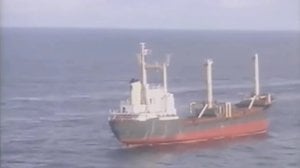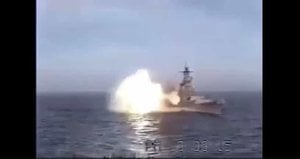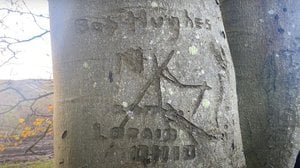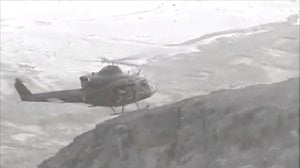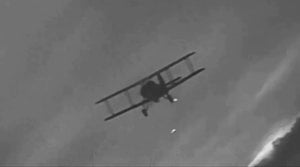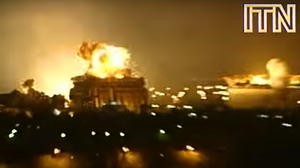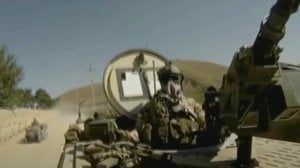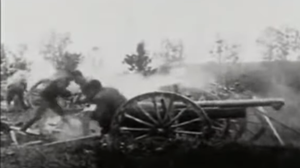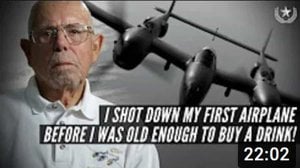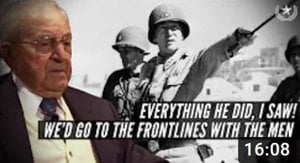
Archive Footage: Battle of Najaf, 2004
Published 3 weeks ago
Archival footage from 2004, courtesy of the Associated Press. In July 2004, the the 11th Marine Expeditionary Unit, under the Polish-led Multi-National Division Central/South (MND-CS), assumed control of operations in An Najaf and Al-Qadisiyyah provinces. To that point, a U.S. military police company had been the sole unit operating in Najaf, working to build the local Iraqi police force and to establish security. Coalition efforts in the area had been hampered by Iranian-supported Shia militias operating under the encouragement and sometimes direction of Shia Cleric Muqtada al-Sadr.
The first clash occurred on August 2, when shots were exchanged between Marines of Weapons Company, Battalion Landing Team (BLT) 1/4 (1st Battalion, 4th Marine Regiment), and militants of the Mahdi Army (MA). A single Combined Anti Armor Team (CAAT), a platoon of HMMWVs equipped with heavy machine guns and TOW missiles, faced a steady stream of fighters employing mortars, RPGs, and small arms, and who were assisted by advisors from Hezbollah and the Iranian Revolutionary Guard Corps (IRGC). After an hour of fighting, the Marines reported over seventy enemy dead, with one Marine wounded. With ammunition running low, a Marine rifle company arrived to allow the CAAT platoon to disengage.
Major fighting broke out when the MA attacked an Iraqi police station in the early hours of August 5. Bravo Company, 1/4, responded, engaging in heavy fighting in the Wadi-us-Salaam, the largest cemetery in the Muslim world approximately 7 miles squared. The following day, a Marine Corps UH-1N Huey helicopter was shot down by small arms fire, and multiple Abrams tanks and Bradleys were damaged by RPG fire, prompting the MEU to withdraw from the city temporarily. They re-entered the city, and vicious fighting ensued in and around the cemetery, in large nearby hotels, all dangerously close to the Imam Ali Mosque. The combination of savage door-to-door fighting and several well-placed air strikes broke the back of the Mahdi Army, forcing Sadr to negotiate a deal which allowed the remnants of his militia to leaf Najaf. The battle ended on 27 August with the Mahdi Army leaving the city, and control of Najaf handed over to Iraqi Army and Police units.
About the Author
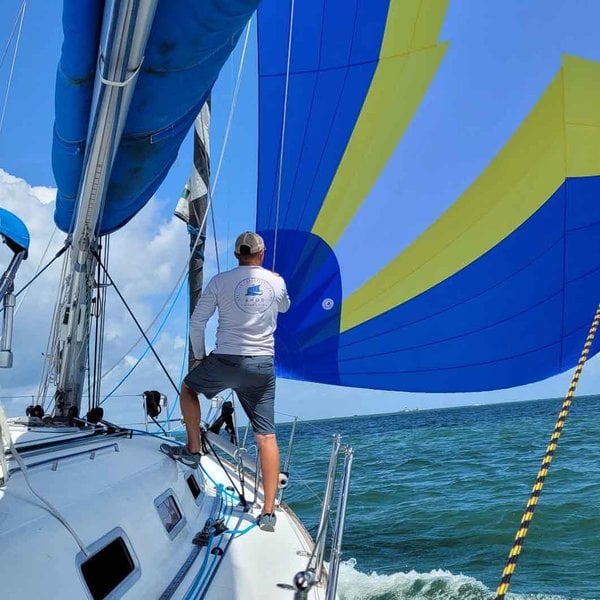
Cam
Cam served as an infantry officer in the Marine Corps, deploying to the Horn of Africa and participating in combat operations in Iraq. He currently works in the maritime industry and in the defense sector as an instructor of combined arms planning and operations. An avid sailor, Cam founded and directs Triumph Sailing, a nonprofit that supports veterans and first responders through adventure and fellowship on the water. Triumph Sailing is preparing for the 2024 season of sailing on Galveston Bay and in the Gulf of Mexico. You can support the mission and next year's sailing season at Tri-Sail.Org.


